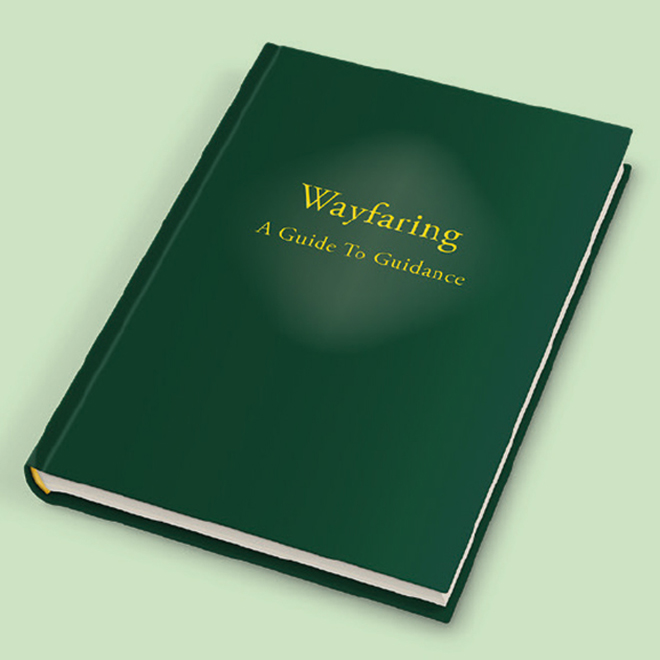Oiled bird, Brazil Photo: Credit: D Rodrigues / UNEP / Still Pictures
Hard Rain
Out arts editor, Rowena Loverance, reviews an exhibition which drives home the need to act
We learn a lot about big environmental disasters but we may overlook the pollution we ourselves cause. Lights left on in empty rooms, car journeys that could have been cycle rides, heat pouring out of badly insulated homes, shopping taken home in single-use plastic bags. Our small acts of pollution lack the awful drama of the oil spill that trapped this bird but, taken together, they are far more destructive to the planet. Ten times more oil reaches the seas from car owners pouring old engine oil down drains than from oil tanker disasters like this one off the coast of Brazil that polluted miles of coastline and killed thousands of seabirds.
Think back to when you first saw that famous image taken by the Apollo astronauts of the earth seen from space. What did you think? What did you feel? What did you do? Photographer Mark Edwards was in the Sahara desert at the time, photographing Tuareg nomads; so the link between fragility and sustainability struck him particularly strongly.
He made another connection, to the sixties anthem for our threatened planet, Bob Dylan’s A Hard Rain’s A-Gonna Fall. He decided to use his and colleagues’ photographs to illustrate each line of the song. The result, the exhibition Hard Rain: Our Headlong Collision with Nature, is now being shown around the world.
